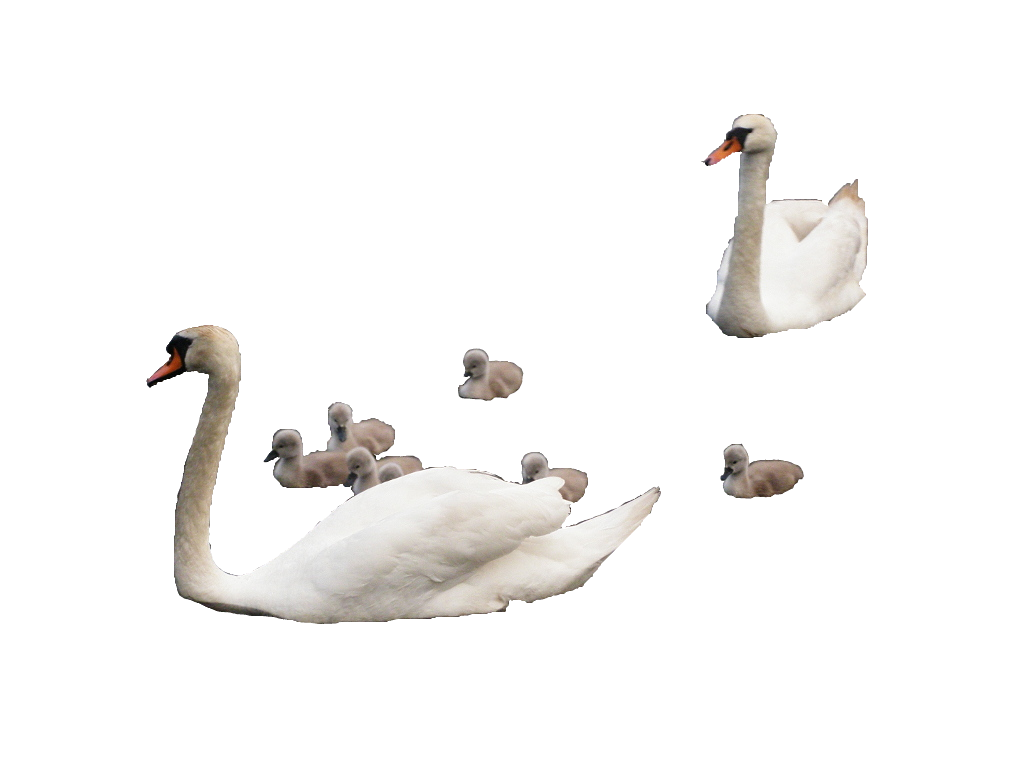
You are here
3.2.3 Automating attitude

07-07-14
A | Automating attitude | |||||||
1 | To what extent is your attitude generally positive, i.e., in the short and long term, physically and mentally, both personally, societal and otherwise not damaging and humane-righteous to yourself and others, and to what extent negative? And to what extent do you do this openly and to what extent do you sneaky? Think about this on the basis of the following options*. | |||||||
1a | Attentive | Empathatic | Attuner | Self-conscious | ||||
Self-discipline | Solidary | Critical | Assertive | |||||
Well-considered | Interested | Conscientious | Fellow citizen | |||||
Reflective | Friendly | Open-hearted | Idealistic | |||||
1b | Individualistic | Social | Responsible | Independant | ||||
Reachable | Reasoning | Self-knowledge | Self-directing | |||||
Rational | Investigative | Meticulous | Self-confidence | |||||
Analytic | Formative | Communicative | Self-respecting | |||||
1c | Wary | Copy-cat | Conformist | Self-powerful | ||||
Self-control | Intrusive | Demanding | Combative | |||||
Willfully | Indiscrete | Neurotic | Two-faced h.b. | |||||
Spying | Privileging | Shameless | Fantasist | |||||
1d | Egoistic | Meddlesome | Legitimizing | Unconventional | ||||
Seizable | Arguing | Self-conceit | Manoeuvring | |||||
Calculating | Testing | Picky | Self-satisfied | |||||
Estimating | Collusive | Gossiper | Narcissistic | |||||
1e | Quick tempered | Jealous | Distrustful | Grumpy | ||||
Manipulative | Malicious | Pestering | Fanatically | |||||
Sneaky | Ambivalent | Suspicious | Egocentric | |||||
Bitterly | Retired | Hateful | Rivalling | |||||
1f | Agressive | Vengeful | Furious | Destructive | ||||
Anarchistic | Unscrupulous | Sadistic | Obsessive | |||||
Dominating | Denigrating | Terrorising | Dictatorial | |||||
Compulsive | Arrogantly | Exploitative | Royally |
* multiple answers possible
B | Automating attitude |
2 | Do you analyze yourself what you perceive and interpret inside and outside yourself and do you not let yourself be influenced, chased or swept away by others? If not, go back to previous exercises in the various chapters and/or question 1 and start again by defining what you perceive and interpret and what others perceive and interpret. |
3 | Do you examine yourself what others have observed and interpreted before you confirm or deny their observations and interpretations? If not, do so. |
4 | Do you take your own responsibility for what you perceive and interpret or confirm, and not hide behind the perceptions, interpretations and priorities of others, regardless of the size of the group? If not, do so. |
5 | Do you let the responsiblity for what others observe and interpret be with those others? |
6 | Are you satisfied with the building blocks on which your attitude is made up? If not, select the desired building blocks and structure them again. |
By daily reflecting how you react to unpleasant and pleasant reactions, situations and circumstances in and around you, you can adjust your attitude in such a way that you prevent, reduce or minimize damage to yourself and others and realise humane-righteous improvements.

